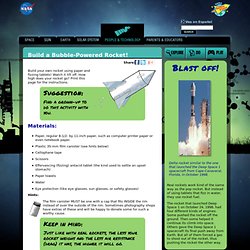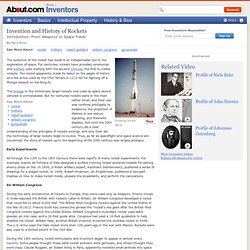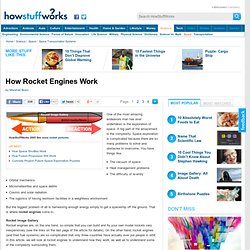

Untitled. NASA's Space Place. Build a Bubble-Powered Rocket! Build a Bubble-Powered Rocket!

Build your own rocket using paper and fizzing tablets! Watch it lift off. How high does your rocket go? Print this page for the instructions. Suggestion: Find a grown-up to do this activity with you. Materials: Paper, regular 8-1/2- by 11-inch paper, such as computer printer paper or even notebook paper. Hints: The film canister MUST be one with a cap that fits INSIDE the rim instead of over the outside of the rim. Keep in mind: Just like with real rockets, the less your rocket weighs and the less air resistance (drag) it has, the higher it will go. Making the Rocket You must first decide how to cut your paper. Here's just one idea for how you might cut your whole rocket from one piece of paper: Here are the basic steps: Cut out all the pieces for your rocket. Blasting Off Put on your eye protection.
Now work quickly on the next steps! Drop one-half of an effervescing antacid tablet into the canister. So, Dr. Eventually, something has to give! Build your own paper rocket! Search Results. Students 5-8. Students. U.S. Space & Rocket Center.
History of Rockets and Space Travel Innovations. The evolution of the rocket has made it an indispensable tool in the exploration of space.

For centuries, rockets have provided ceremonial and warfare uses starting with the ancient Chinese, the first to create rockets. The rocket apparently made its debut on the pages of history as a fire arrow used by the Chin Tartars in 1232 AD for fighting off a Mongol assault on Kai-feng-fu. The lineage to the immensely larger rockets now used as space launch vehicles is unmistakable. But for centuries rockets were in the main rather small, and their use was confined principally to weaponry, the projection of lifelines in sea rescue, signaling, and fireworks displays. Not until the 20th century did a clear understanding of the principles of rockets emerge, and only then did the technology of large rockets begin to evolve.
Early Experiments All through the 13th to the 18th Century there were reports of many rocket experiments. Sir William Congreve Reaching for the Stars Rocket Staging and Technology. How Rocket Engines Work" One of the most amazing endeavors man has ever undertaken is the exploration of space.

A big part of the amazement is the complexity. Space exploration is complicated because there are so many problems to solve and obstacles to overcome. You have things like: The vacuum of spaceHeat management problemsThe difficulty of re-entryOrbital mechanicsMicrometeorites and space debrisCosmic and solar radiationThe logistics of having restroom facilities in a weightless environment But the biggest problem of all is harnessing enough energy simply to get a spaceship off the ground.
Rocket Image Gallery Rocket engines are, on the one hand, so simple that you can build and fly your own model rockets very inexpensively (see the links on the last page of the article for details). When most people think about motors or engines, they think about rotation. Rocket engines are fundamentally different. Next, we'll look at another scenario that explains action and reaction: the space baseball.
Estes Rockets.